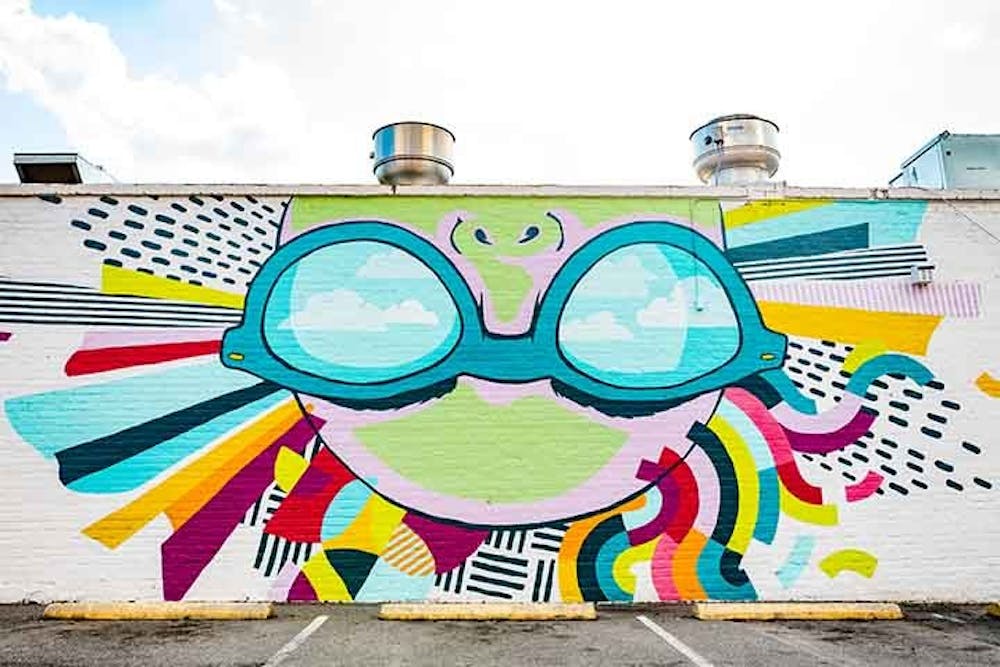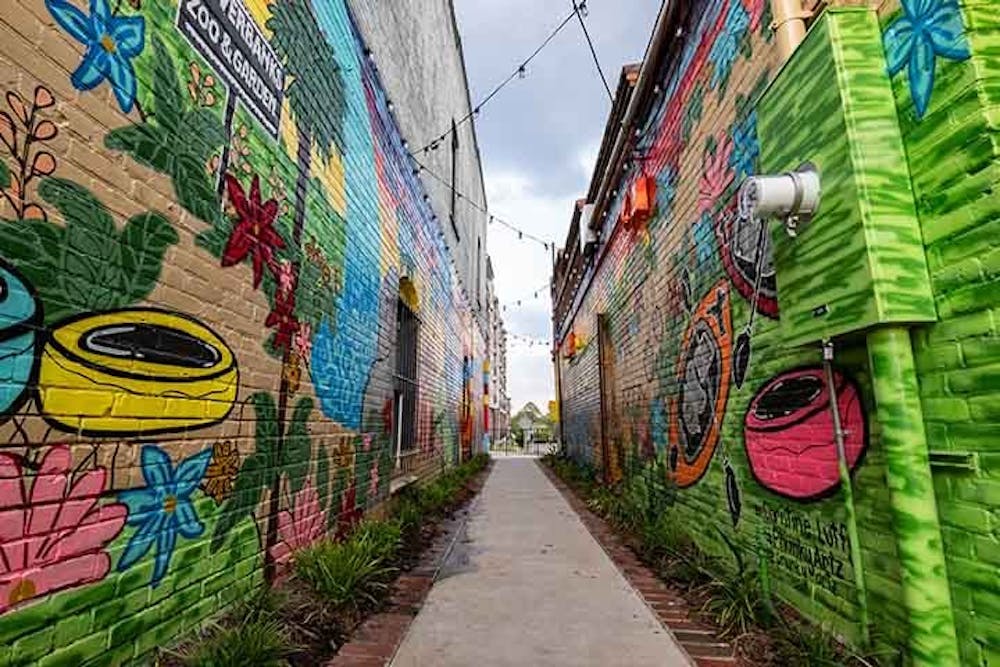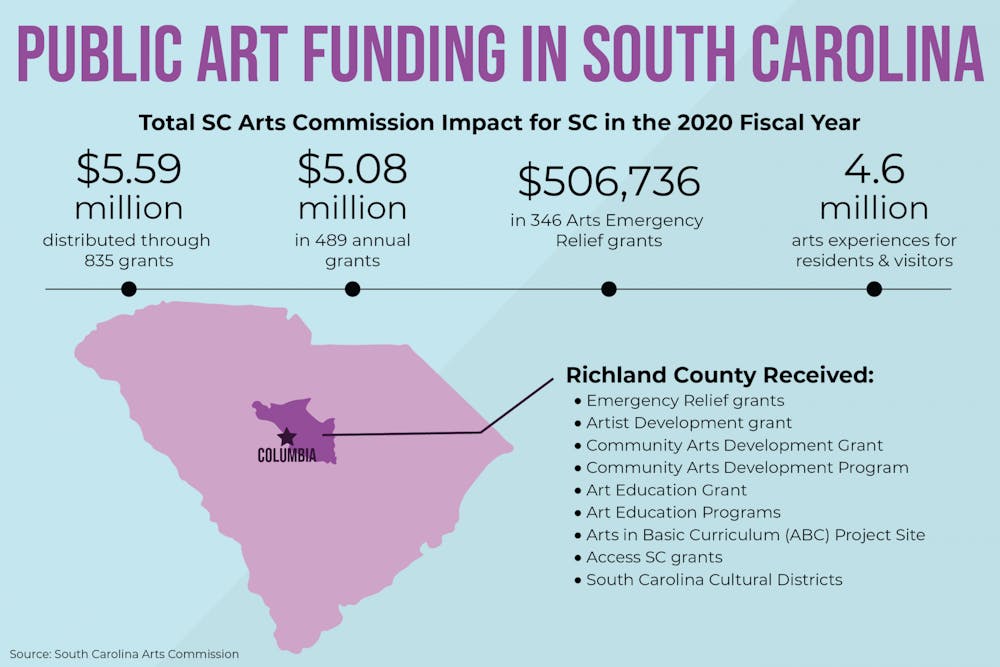There is a world of administrative complexities behind every piece of public art. In Columbia, one has to understand how the local government handles arts and culture to best understand this process.
One organization that helps bridge the gap between community and government is One Columbia, a nonprofit that works closely with the city of Columbia and the local arts community. It provides support for artists by connecting them to resources and facilitating projects, among other things, according to Lee Snelgrove, executive director of One Columbia.
“Our job is essentially to be like an Office of Cultural Affairs. So that would mean that we promote what's going on in the arts community: events, activities, other things that are going on and what people are up to," Snelgrove said. "Then sort of be the liaison to the city of Columbia and kind of advising on how, what the arts community needs and how the city can support that."

According to Snelgrove, before 2012, there was basically no specific city-level organization for the benefit of the arts in Columbia. It wasn't until Mayor Benjamin pitched a platform that promoted the local arts and culture that this changed and One Columbia became a viable leader for the arts community, funded and operating like an Office of Cultural Affairs.
"Since about July 2013, One Columbia has been pretty active in listening to the art community and trying to respond with different things that the community needed, and being that center point between the city of Columbia government and the arts community, and just a central point of information," Snelgrove said.
It has taken on the role of public art on the behalf of cities and attempts to bring awareness and funding to the art community through things such as the Office of the Poet Laureate and various city celebrations such as Make Music Day Columbia.
“Because of our special relationship with the city, we actually have the ability to commission work on the city's behalf, on public Right-of-Way, and because we have that, we actually expanded that to help private developers, business owners and other even artists, and being a resource for public art in general in the city," Snelgrove said.
Currently, it is working on a large project, called Amplify, which is aimed at strengthening the arts community.
According to Snelgrove, the city of Columbia has to submit a comprehensive plan of needs, ideas and wishes to the state government every 10 years. Amplify is a section of that plan called Cultural Resources. After years of work, One Columbia devised this plan with 10 overarching recommendations for the city government to improve its infrastructure for the arts community.

According to Snelgrove, Columbia currently funds many of the arts activities out of a hospitality tax, which comes from food and beverage places in the city.
"It is all kind of an ecosystem together, that the success of the restaurants and bars is the success of the arts community, and in turn the success of the arts community keeps the restaurant full as more and more people visit the city to experience the arts activities," Snelgrove said.
On the state level, the SC Arts Commission is a state-wide initiative that awards artists with various grants and awards. It works with Columbia but prioritizes all cities, particularly rural and urban ones that lack support, according to Ce Scott-Fitts, program director of Artist Services of the SC Arts Commission.
“Talking about living and housing and healthcare and childcare and you need all of those things in place and stable in order for you to do your work. So a lot of times I feel like where there's so much emphasis on giving artists money ... but if a lot of these other things aren't in place money, money, it doesn't help,” Scott-Fitts said.
Nikki Haley cut the commission out of the SC budget in 2012, which shows how South Carolina has valued arts and culture in the past and has grown since.
"Showing people that public investment in the arts gets them something. It matters. It helps move us all forward. It helps artists develop their craft; they can showcase the creativity we have in the Palmetto State. It shows that we have options for residents and tourists for entertainment and cultural enrichment," Jason Rapp, SC arts comission comunication director, said.
Other places such as Stormwater Studios, the Columbia Museum of Art and Tapps Outpost help support Columbia's public art sphere, but ultimately the Columbia ecosystem grows the most from community involvement.
Correction (April 1, 2021 at 11:16 a.m.): A previous version of this article stated the embedded photos are courtesy of Lee Snelgrove. The embedded photos were provided by Lee Snelgrove and photographed by Crushrush.

